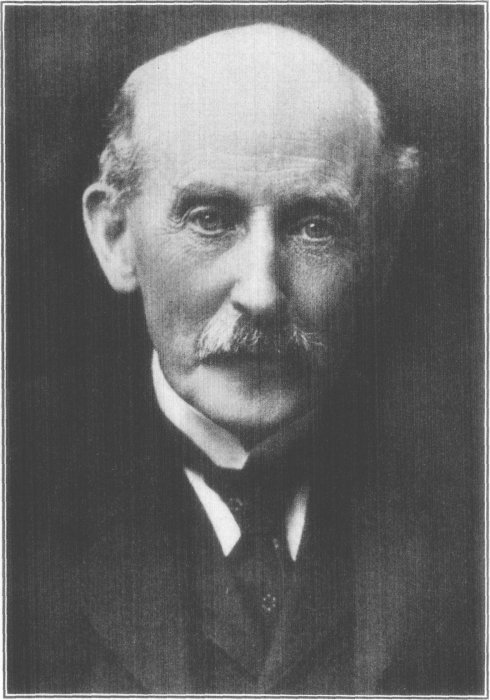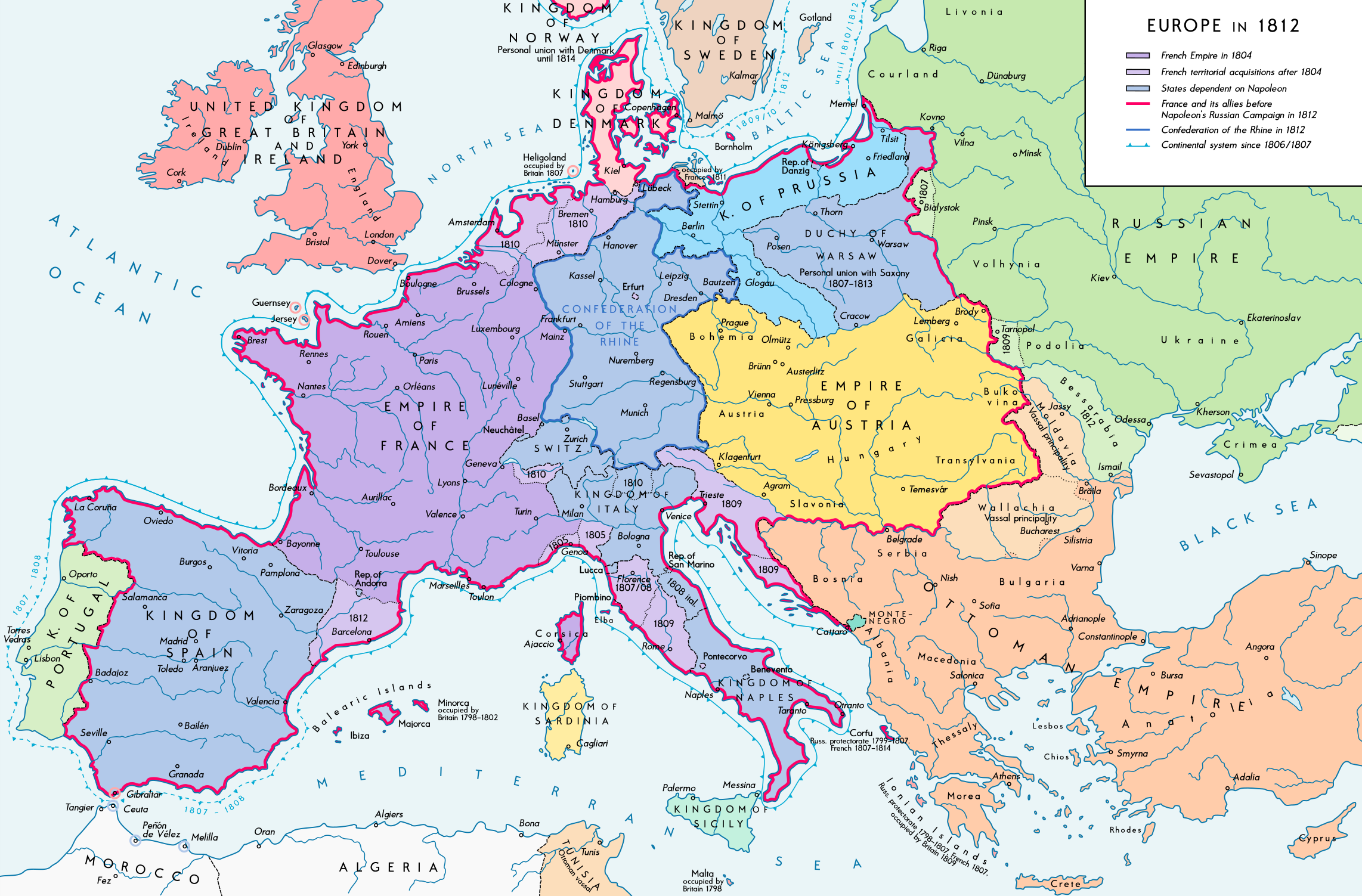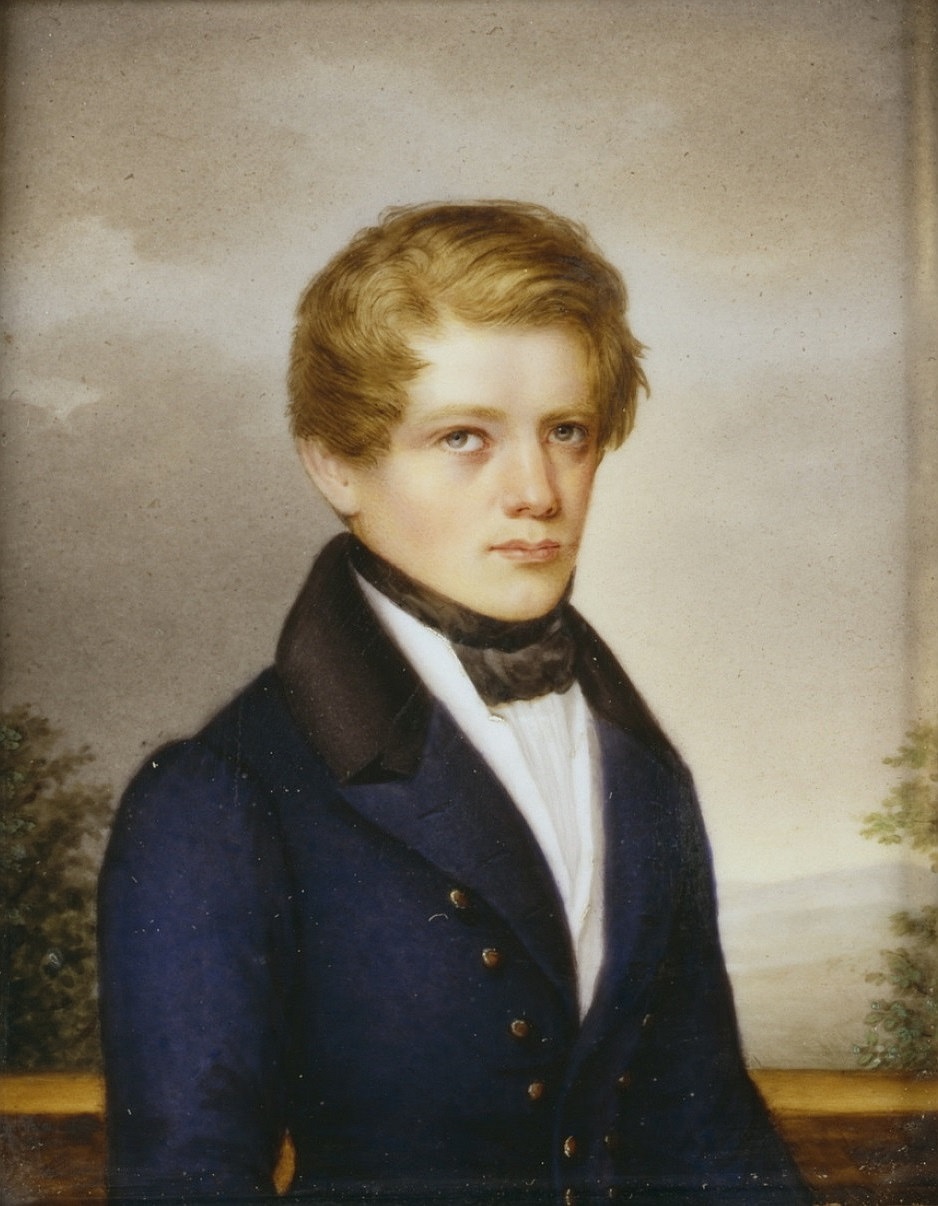|
Anglo-Russian Entente
The Anglo-Russian Convention of 1907 (russian: Англо-Русская Конвенция 1907 г., translit=Anglo-Russkaya Konventsiya 1907 g.), or Convention between the United Kingdom and Russia relating to Persia, Afghanistan, and Tibet (; ), was signed on August 31, 1907, in Saint Petersburg. It ended the longstanding rivalry in Central Asia and enabled the two countries to outflank the Germans, who were threatening to connect Berlin to Baghdad with a new railroad that could potentially align the Ottoman Empire with Imperial Germany. The Convention ended the long dispute over Persia. Great Britain promised to stay out of northern Persia, and Russia recognized southern Persia as part of the British sphere of influence. Russia also promised to stay out of Tibet and Afghanistan. In exchange, London extended loans and some political support. The convention brought shaky British–Russian relations to the forefront by solidifying boundaries that identified respective control i ... [...More Info...] [...Related Items...] OR: [Wikipedia] [Google] [Baidu] |
Saint Petersburg
Saint Petersburg ( rus, links=no, Санкт-Петербург, a=Ru-Sankt Peterburg Leningrad Petrograd Piter.ogg, r=Sankt-Peterburg, p=ˈsankt pʲɪtʲɪrˈburk), formerly known as Petrograd (1914–1924) and later Leningrad (1924–1991), is the List of cities and towns in Russia by population, second-largest city in Russia. It is situated on the Neva River, at the head of the Gulf of Finland on the Baltic Sea, with a population of roughly 5.4 million residents. Saint Petersburg is the List of European cities by population within city limits, fourth-most populous city in Europe after Istanbul, Moscow and London, the List of cities and towns around the Baltic Sea, most populous city on the Baltic Sea, and the world's List of northernmost items#Cities and settlements, northernmost city of more than 1 million residents. As Russia's Imperial capital, and a Ports of the Baltic Sea, historically strategic port, it is governed as a Federal cities of Russia, federal city. ... [...More Info...] [...Related Items...] OR: [Wikipedia] [Google] [Baidu] |
Arthur Nicolson, 1st Baron Carnock
Arthur Nicolson, 1st Baron Carnock, (19 September 1849 – 5 November 1928), known as Sir Arthur Nicolson, 11th Baronet, from 1899 to 1916, was a British diplomat and politician during the last quarter of the 19th century to the middle of World War I. Early life Born in London, he was the eldest son of Admiral Sir Frederick Nicolson, 10th Baronet by his wife Mary Loch. Educated at Rugby and Brasenose College, Oxford, where he left without taking a degree, he succeeded his father as Baronet in 1899.CARNOCK, Who Was Who, A & C Black, 1920–2008; online edn, Oxford University Press, Dec 2007 Career From 1870 to 1874, he worked in the Foreign Office, during which time he was author of the ''History of the German Constitution'' (1873). From 1872 to 1874, he was secretary to Granville Leveson-Gower, 2nd Earl Granville, followed by secretary of the Embassy at Berlin (from 1874 to 1876) and secretary of the Embassy at Peking (1876–1878). From 1879 to 1881, he was Secretary to ... [...More Info...] [...Related Items...] OR: [Wikipedia] [Google] [Baidu] |
Morgan Shuster
William Morgan Shuster (23 February 1877 in Washington, D.C. – 26 May 1960 in New York City), was an American lawyer, civil servant, and publisher, who is best known as the treasurer-general of Persia by appointment of the Iranian parliament, or Majles, from May to December 1911. Background Shuster was born in Washington, D.C. and educated in the Columbian University and Law School. After graduation, Shuster became a customs collector for the U.S. government, serving in the United States Military Government in Cuba in 1899 following the Spanish–American War, and in the Philippines, which was at that time an American colony. In 1906 he was appointed Secretary of Public Instruction in the Insular Government of the Philippine Islands and a member of the Philippine Commission. In Iran In 1906, the Constitutional Revolution of Iran sought to establish a Western-oriented, democratic civil society in Iran, then known as Persia to the outside world. The movement forced th ... [...More Info...] [...Related Items...] OR: [Wikipedia] [Google] [Baidu] |
Puppet Government
A puppet state, puppet régime, puppet government or dummy government, is a state that is ''de jure'' independent but ''de facto'' completely dependent upon an outside power and subject to its orders.Compare: Puppet states have nominal sovereignty, but a foreign power effectively exercises control through means such as financial interests, economic, or military support. By leaving a local government in existence the outside Powers evade all responsibility, while at the same time successfully paralyzing the Government they tolerate. Puppet states are distinguished from allies, which choose their actions on their own or in accordance with treaties they voluntarily entered. Puppet states are forced into providing legal endorsement for actions already taken by a foreign power. Characteristics A puppet state preserves the external paraphernalia of independence (such as a name, flag, anthem, constitution, law codes, motto and government), but in reality it is an organ of anot ... [...More Info...] [...Related Items...] OR: [Wikipedia] [Google] [Baidu] |
Majles
The Islamic Consultative Assembly ( fa, مجلس شورای اسلامی, Majles-e Showrā-ye Eslāmī), also called the Iranian Parliament, the Iranian Majles (Arabicised spelling Majlis) or ICA, is the national legislative body of Iran. The Parliament currently consists of 290 representatives, an increase from the previous 272 seats since the 18 February 2000 election. The most recent election took place on 21 February 2020 and the new parliament convened on 28 May 2020. History Islamic Republic of Iran After the Iranian Revolution of 1979, the Senate of Iran was abolished and was effectively replaced by the Guardian Council thus the Iranian legislature remained bicameral. In the 1989 revision of the constitution, the ''National Consultative Assembly'' became the ''Islamic Consultative Assembly''. The Parliament of Iran has had six chairmen since the Iranian Revolution. Akbar Hashemi Rafsanjani was the first chairman, from 1980 to 1989. Then came Mehdi Karroubi (1989–19 ... [...More Info...] [...Related Items...] OR: [Wikipedia] [Google] [Baidu] |
Persian Constitution Of 1906
The Persian Constitution of 1906 ( fa, قانون اساسی مشروطه, Qanun-e Asasi-ye Mishirutâh), was the first constitution of the Sublime State of Persia (Qajar Iran), resulting from the Persian Constitutional Revolution and it was written by Hassan Pirnia, Hossein Pirnia, and Ismail Mumtaz, among others. The Constitution was also in effect during Pahlavi Iran. It divides into five chapters with many articles that developed over several years. The Quran was the foundation of this constitution while the Belgian constitution served as a partial model for the document. The electoral and fundamental laws of 1906 The electoral and fundamental laws of 1906 established the electoral system and the internal frameworks of the Majlis (Parliament) and the Senate. By the royal proclamation of August 5, 1906, Mozzafar al-Din Shah created this first constitution "for the peace and tranquility of all the people of Persia." Muhammad Ali Shah Qajar is credited with chapters 4 an ... [...More Info...] [...Related Items...] OR: [Wikipedia] [Google] [Baidu] |
Mozaffar Ad-Din Shah Qajar
Mozaffar ad-Din Shah Qajar ( fa, مظفرالدین شاه قاجار, Mozaffar ad-Din Ŝāh-e Qājār; 23 March 1853 – 3 January 1907), was the fifth shah of Qajar Iran, reigning from 1896 until his death in 1907. He is often credited with the creation of the Persian Constitution of 1906, which he approved of as one of his final actions as Shah. Biography The son of the Qajar ruler Naser al-Din Shah Qajar, Mozaffar al-Din was named crown prince and sent as governor to the northern province of Azerbaijan in 1861. He spent his 35 years as crown prince in the pursuit of pleasure; his relations with his father were frequently strained, and he was not consulted in important matters of state. Thus, when he ascended the throne in May 1896, he was unprepared for the burdens of office. At Mozaffar al-Din's accession Persia faced a financial crisis, with annual governmental expenditures far in excess of revenues as a result of the policies of his father. During his reign, Mozzafar ad ... [...More Info...] [...Related Items...] OR: [Wikipedia] [Google] [Baidu] |
Tehran
Tehran (; fa, تهران ) is the largest city in Tehran Province and the Capital city, capital of Iran. With a population of around 9 million in the city and around 16 million in the larger metropolitan area of Greater Tehran, Tehran is the List of largest cities of Iran, most populous city in Iran and Western Asia, and has the Largest metropolitan areas of the Middle East, second-largest metropolitan area in the Middle East, after Cairo. It is ranked 24th in the world by metropolitan area population. In the Classical antiquity, Classical era, part of the territory of present-day Tehran was occupied by Ray, Iran, Rhages, a prominent Medes, Median city destroyed in the medieval Muslim conquest of Persia, Arab, Oghuz Turks, Turkic, and Mongol conquest of Khwarezmia, Mongol invasions. Modern Ray is an urban area absorbed into the metropolitan area of Greater Tehran. Tehran was first chosen as the capital of Iran by Agha Mohammad Khan Qajar, Agha Mohammad Khan of the Qajar dyn ... [...More Info...] [...Related Items...] OR: [Wikipedia] [Google] [Baidu] |
Otto Von Bismarck
Otto, Prince of Bismarck, Count of Bismarck-Schönhausen, Duke of Lauenburg (, ; 1 April 1815 – 30 July 1898), born Otto Eduard Leopold von Bismarck, was a conservative German statesman and diplomat. From his origins in the upper class of Junker landowners, Bismarck rose rapidly in Prussian politics, and from 1862 to 1890 he was the minister president and foreign minister of Prussia. Before his rise to the executive, he was the Prussian ambassador to Russia and France and served in both houses of the Prussian Parliament. He masterminded the unification of Germany in 1871 and served as the first Chancellor of the German Empire until 1890, in which capacity he dominated European affairs. He had served as the chancellor of the North German Confederation from 1867 to 1871, alongside his responsibilities in the Kingdom of Prussia. He cooperated with King Wilhelm I of Prussia to unify the various German states, a partnership that would last for the rest of Wilhelm's life. The ... [...More Info...] [...Related Items...] OR: [Wikipedia] [Google] [Baidu] |
Unification Of Germany
The unification of Germany (, ) was the process of building the modern German nation state with federal features based on the concept of Lesser Germany (one without multinational Austria), which commenced on 18 August 1866 with adoption of the North German Confederation Treaty establishing the North German Confederation, initially a Prussian-dominated military alliance which was subsequently deepened through adoption of the North German Constitution. The process symbolically concluded with the ceremonial proclamation of the German Empire on 18 January 1871 celebrated later as the customary date of the German Empire's foundation, although the legally meaningful events relevant to the accomplishment of unification occured on 1 January 1871 ( accession of South German states and constitutional adoption of the name German Empire) and 4 May 1871 (entry into force of the permanent Constitution of the German Empire). Despite the legal, administrative, and political disruption ... [...More Info...] [...Related Items...] OR: [Wikipedia] [Google] [Baidu] |
Austria-Hungary
Austria-Hungary, often referred to as the Austro-Hungarian Empire,, the Dual Monarchy, or Austria, was a constitutional monarchy and great power in Central Europe between 1867 and 1918. It was formed with the Austro-Hungarian Compromise of 1867 in the aftermath of the Austro-Prussian War and was dissolved shortly after its defeat in the First World War. Austria-Hungary was ruled by the House of Habsburg and constituted the last phase in the constitutional evolution of the Habsburg monarchy. It was a multinational state and one of Europe's major powers at the time. Austria-Hungary was geographically the second-largest country in Europe after the Russian Empire, at and the third-most populous (after Russia and the German Empire). The Empire built up the fourth-largest machine building industry in the world, after the United States, Germany and the United Kingdom. Austria-Hungary also became the world's third-largest manufacturer and exporter of electric home appliances, e ... [...More Info...] [...Related Items...] OR: [Wikipedia] [Google] [Baidu] |
Kingdom Of Italy
The Kingdom of Italy ( it, Regno d'Italia) was a state that existed from 1861, when Victor Emmanuel II of Sardinia was proclaimed King of Italy, until 1946, when civil discontent led to an institutional referendum to abandon the monarchy and form the modern Italian Republic. The state resulted from a decades-long process, the '' Risorgimento'', of consolidating the different states of the Italian Peninsula into a single state. That process was influenced by the Savoy-led Kingdom of Sardinia, which can be considered Italy's legal predecessor state. Italy declared war on Austria in alliance with Prussia in 1866 and received the region of Veneto following their victory. Italian troops entered Rome in 1870, ending more than one thousand years of Papal temporal power. Italy entered into a Triple Alliance with the German Empire and the Austro-Hungarian Empire in 1882, following strong disagreements with France about their respective colonial expansions. Although relations wi ... [...More Info...] [...Related Items...] OR: [Wikipedia] [Google] [Baidu] |







